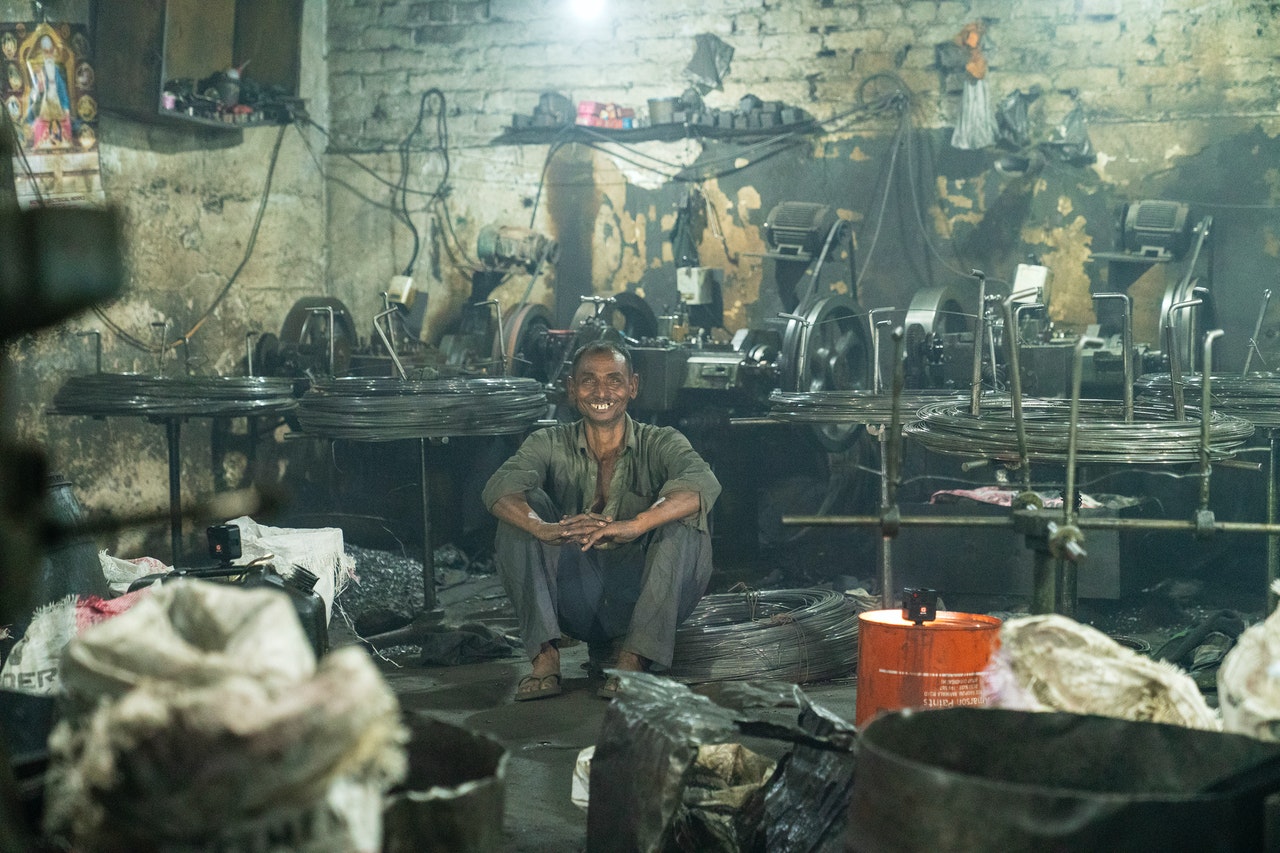Workers need to take care of their health and safety. Apart from this, they should take care of the safety of other people who may be at risk from the work they do.
Lone worker safety entails working with your employers and colleagues to ensure everyone exercises their duties under the law. The law expects an employer to protect their lone workers regardless of whether they are working as self-employed, contractors, or freelancers.
The same obligations apply to those who work from home and the same liability for injuries or accidents is also applicable. As such, employers need to provide education, supervision, and thorough training while taking control measures to ensure the safety of their employees.
Ways to Improve the Safety of Lone Workers
1. Have a Clear Lone Worker Policy in Place
It is good to have lone worker safety policies in place that all employees will follow when working alone.
These policies should outline procedures, and processes and advise lone workers. A good lone worker policy will help lone workers know what to do in case something goes wrong.
2. Offer Support to Those Who Have Experienced Violence
Even though being a lone worker does not increase the chances of experiencing violence, it makes some workers more vulnerable. Violence can cause physical injury or work-related stress. It can also lead to higher staff turnover, reputational damage, and lower productivity.
Employers should have measures in place to support those who have experienced violence. A worker who experiences violence should report the incidents. Employers should invest in personal safety training and conflict management training to help workers feel less vulnerable to violence.
3. Develop Emergency Procedures
If you work alone for a long time, it may be a challenge to get the proper support. Procedures that encourage direct contact between supervisors and workers can help employers to identify signs of disconnect, stress, abandonment, or isolation all of which can negatively affect performance.
A risk assessment can also indicate a need for:
- First aid training includes how lone workers can administer first aid to themselves.
- Carrying first aid equipment.
- High-quality, reliable lone worker devices.
- Immediate access to first aid facilities.
An employer needs to monitor their lone workers and keep in touch with them. They should ensure that the workers fully understand safety devices lone worker apps and monitoring systems needed when there are emergencies including personnel GPS tracking and devices for raising alarms.
Other safety devices that are important for lone workers include:
- Cavius Travel Alarm.
- The i-TEAR kit for fast first aid assistance.
- PIR mini personal alarm.
- FPSK 3-1 emergency escape tool.
- Portable door locks.
4. Conduct Lone Worker Safety Training
One of the best ways to ensure that your lone workers are safe is to invest in safety training from accredited providers.

How Do You Keep Yourself Safe As A Lone Worker?
Here are some important safety tips to adhere to as a lone worker:
- Adhere to a clear lone worker policy at your workplace.
- Ask for support if you have experienced any form of violence.
- Stick to emergency procedures at all times.
- Attend lone worker safety training.

I am Adeyemi Adetilewa, an SEO Specialist helping online businesses grow through content creation and proven SEO strategies. Proficient in WordPress CMS, Technical Site Audits, Search Engine Optimization, Keyword Research, and Technical Writing (Portfolio).
I help brands share unique and impactful stories through the use of public relations, advertising, and online marketing. My work has been featured in the Huffington Post, Thrive Global, Addicted2Success, Hackernoon, The Good Men Project, and other publications.


